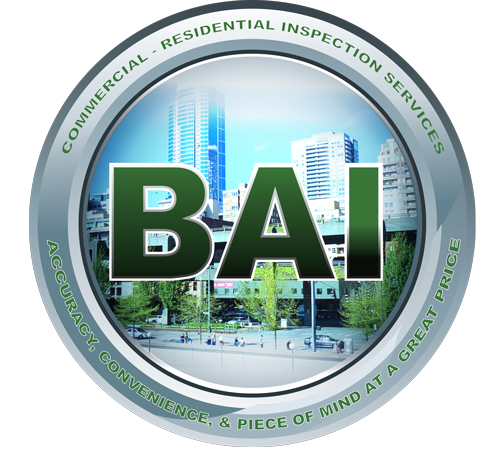Energy Performance Audit for Commercial Buildings in Washington State
Introduction: Commercial buildings in the U.S. spend more than $100 billion per year on energy, according to EPA, or approximately $2-3 per square foot, representing approximately one-third of a building’s controllable operating expenses. There are approximately 4.8 million commercial buildings in the U.S.(1), and more than 40% are greater than 30 years old.(2) These buildings represent a significant opportunity for energy efficiency upgrades, with the potential for individual buildings to achieve substantial savings. Increasing building energy efficiency represents a rare everyone wins opportunity. Government wins because it reduces the country’s dependency on foreign oil and helps the country meet carbon emission reduction goals without the need for a carbon tax or cap and trade regulation. The environment wins because greenhouse gas emissions are reduced. The economy wins because jobs are created to support this emerging industry. The commercial real estate industry wins because building operating costs are reduced and valuations increased. Service providers to the commercial real estate industry, including consultants, engineers, lawyers, bankers and insurers, win because this represents an exciting new opportunity to grow their business. At the heart of virtually every program to improve a building’s energy efficiency is the energy audit. The building energy efficiency industry, through the American Society of Heating, Refrigerating and Air Conditioning Engineers (ASHRAE) energy audit guidelines, has defined multiple levels and components of energy audits. Fundamental to an energy audit is the collection of a building’s energy use and cost data. The industry, through ASTM’s Building Energy Performance Assessment (BEPA) standard E2797-11,(3) has standardized a methodology for the collection and analysis of such data. This paper is directed at the emerging industry best practice integrating the ASTM BEPA standard methodology with the ASHRAE Level I and II energy audit guidelines as applied to commercial and public buildings
The ASTM BEPA methodology includes five components:
(1) Site visit – to observe the building during the walk-through, conduct interviews and collect any records (utility data, etc.) not previously provided;
(2) Interviews – with the present owner, operator, and/or key site manager;
(3) Records collection – collect and compile the necessary records related to building energy use and cost;
(4) Records review and analysis – to determine pro forma building energy use and pro forma building energy cost, and the range of building energy use and cost;
(5) Report – on the findings. An ASTM BEPA “Plus” combines an energy audit with the ASTM BEPA methodology. A cost comparison based upon combining the ASTM BEPA with a Level I or a Level II energy audit is presented in Table 3. These data are for typical commercial or public buildings and do not apply to industrial property given the significant variability associated with industrial/manufacturing facilities.
An ASHRAE Level I energy audit consists of a walk-through analysis to assess a building’s energy cost and efficiency by analyzing energy bills and conducting a brief on-site survey of the building. Operational metrics of building equipment is typically limited to data collection of nameplates but can be more detailed if that data is readily available. Level I energy analysis will typically identify and provide a savings and cost analysis of low-cost/no-cost measures (see Table 1). It will also provide a listing of potential capital improvements that merit further consideration, with an initial estimate of investment and potential cost savings. Level I audits are particularly useful to prioritize energy savings projects. A Level I audit for a commercial building typically costs between $2,000 - $5,000, depending on specific property type and size. Energy conservation measures (ECMs) typically can be implemented within the building’s operating budget. For commercial buildings, the audit often involves a one day visit to the site for the walk-through and is usually submitted to a client within 1-2 weeks. Recommended ECMs typically cause little to no disruption to building operations. Order Yours Today!

